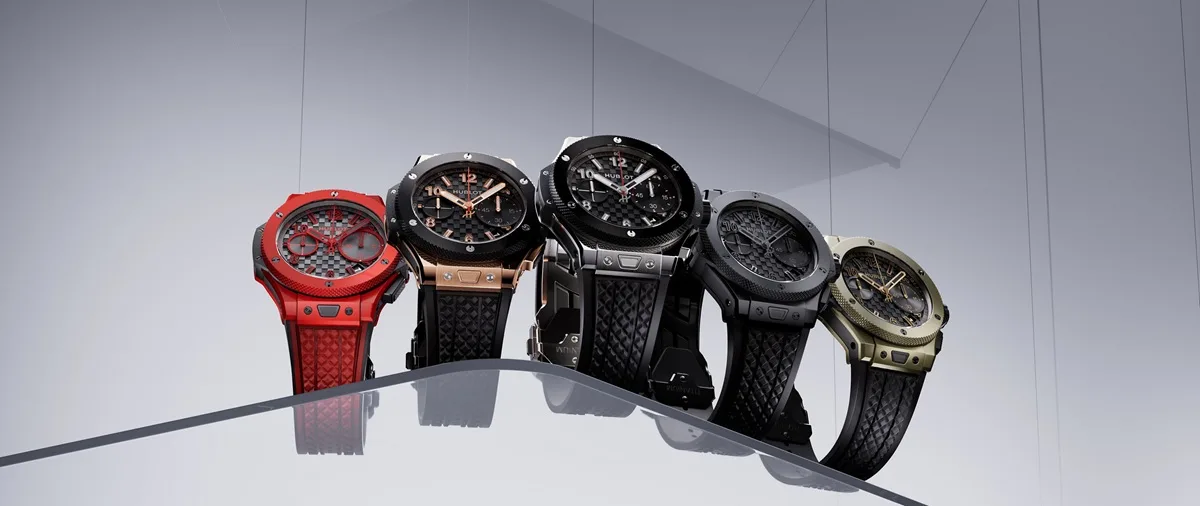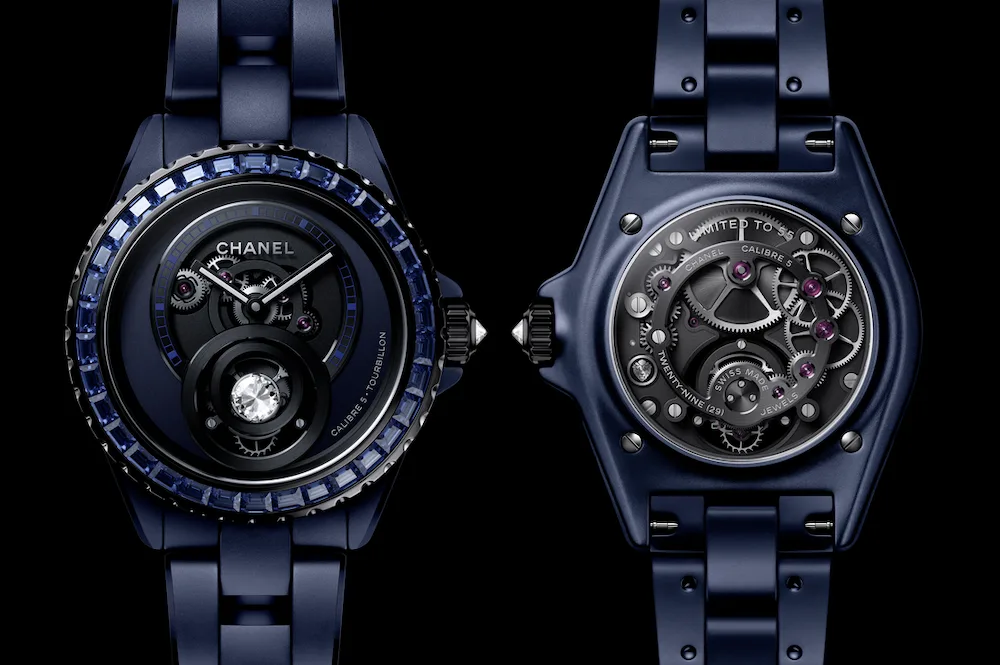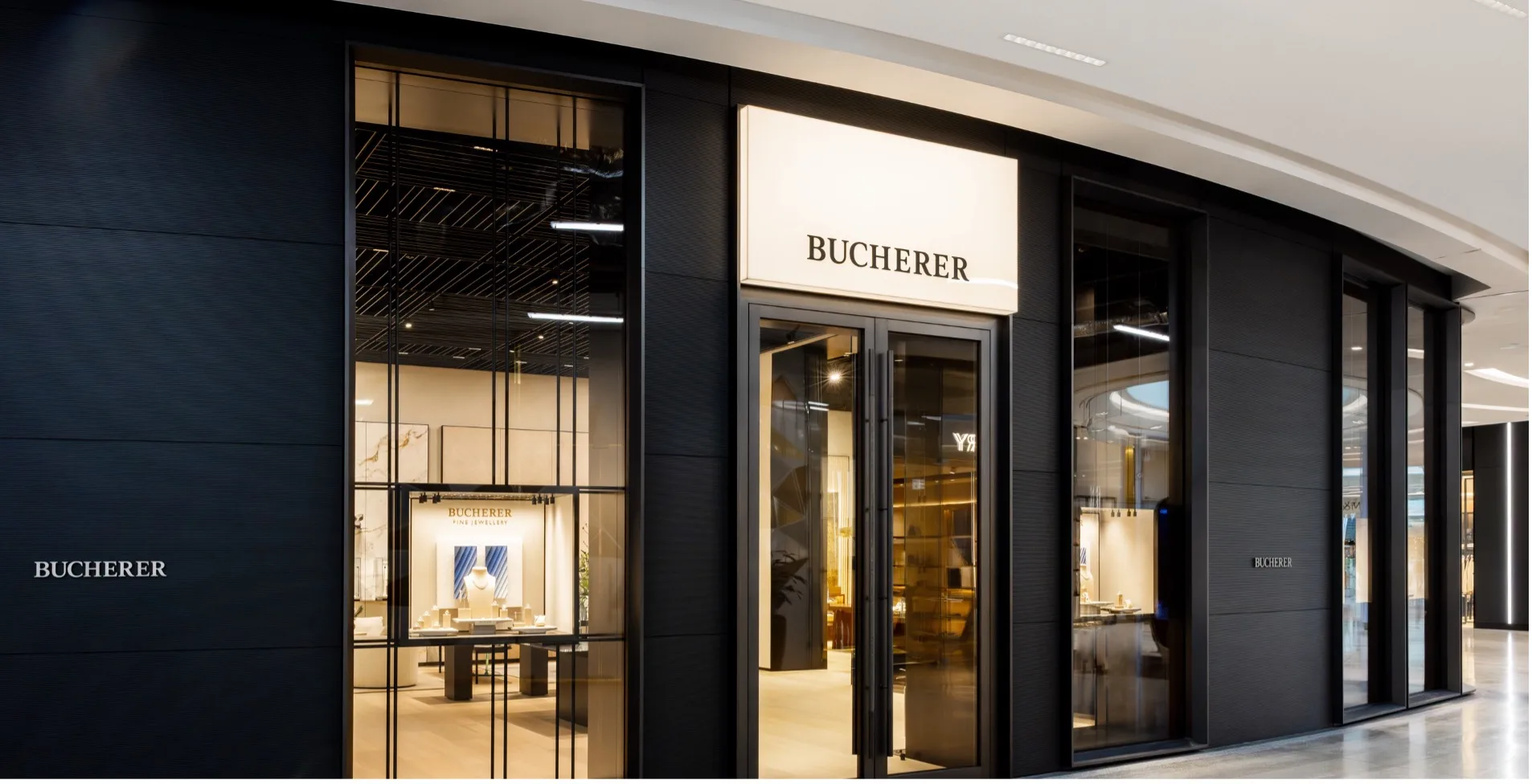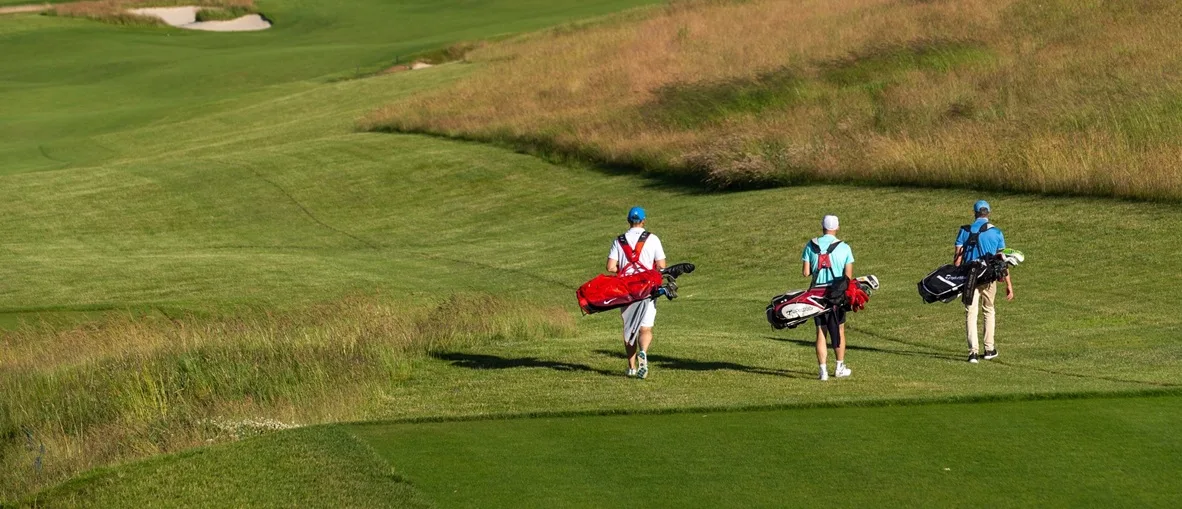Arguably the greatest sculptor of all time, Donatello (1386-1466) was in the vanguard of a revolution in sculptural practice in the early Renaissance. This exhibition gives a unique vision of Donatello’s genius and significant role at this critical time in European culture, highlighting works never seen before in the UK, including his early marble David and bronze Attis-Amorino from the Museo Nazionale del Bargello, Florence; the spectacular San Rossore Reliquary bust from the Museo Nazionale di San Matteo, Pisa; and bronzes from the High Altar of the Basilica of St Anthony in Padua.
For the first time, the V&A’s exquisitely carved shallow relief of The Ascension with Christ giving the keys to St Peter will be displayed alongside the Madonna of the Clouds from the Museum of Fine Arts, Boston, and Desiderio da Settignano’s Panciatichi Madonna from the Museo Nazionale del Bargello, providing an exclusive opportunity to see these works together.
David Victorious, 1408-9; 1416, marble, courtesy of Museo Nazionale del Bargello, Firenze, and the Ministry of Culture. Photo by Bruno Bruchi.
Focusing primarily on Donatello’s lifetime and immediate followers, the show combines a thematic approach with chronological one, encompassing the inter-relationship between sculpture, paintings, drawings, and goldsmiths’ work. Donatello’s innovative technique and his ability to combine ideas from both classical and medieval sculpture created works that were novel, but with an element of the traditional. Key works by the master himself are complemented by carefully selected pieces by Donatello’s contemporaries and followers that explore and expand on the sculptor’s major place within the development of Renaissance art and its context, as well as inter-relationships across materials.
Comprising around 130 objects, the exhibition also incorporate a considerable number of objects from the V&A’s own collections – including the most extensive holdings of Italian Renaissance sculpture outside Italy – notably from the Medieval & Renaissance Galleries. These are accompanied by copies of Italian Renaissance sculptures, including several by Donatello, in the museum’s Weston Cast Court. Donatello: Sculpting the Renaissance is the last in a series of exhibitions made possible through collaboration with Fondazione Palazzo Strozzi and the Museo Nazionale del Bargello in Florence, and the Staatliche Museen zu Berlin.
Donatello, Attis-Amorino, bronze, courtesy of Museo Nazionale del Bargello, Firenze and The Ministry of Culture Italy. Photo by Bruno Bruchi.
Visitors have the chance to view works attributed to Donatello and Desiderio da Settignano, St. John the Baptist Martelli marble, courtesy of Museo Nazionale del Bargello Firenze and The Ministry of Culture Italy; David Victorious (1408-9); 1416, marble, courtesy of Museo Nazionale del Bargello, Firenze Su concessione del Ministero della Cultura (photo Bruno Bruchi); Two Adoring Angels marble, courtesy of the Victoria and Albert Museum London and, last but not least, Spiritello with a tambourine, courtesy of Skulpturensammlung und Museum für Byzantinische Kunst der Staatlichen Museen zu Berlin (photo Antje Voigt).
Many institutions have drawn on their own collections and curatorial expertise to stage three distinct but complementary exhibitions, offering a celebration of Donatello’s life and work in three parts, the first to be devoted to the artist for 40 years.
Donatello: Sculpting the Renaissance
The V&A South Kensington, Cromwell Road, London SW7 2RL
Until 11th June 2023
Book your tickets HERE.
Words: Lavinia Dickson-Robinson
Opening image: Donatello and Michelozzo, Museo de L’Opera de Duomo, Two Adoring Angels, marble relief. ©Victoria and Albert Museum, London.

















Show Comments +